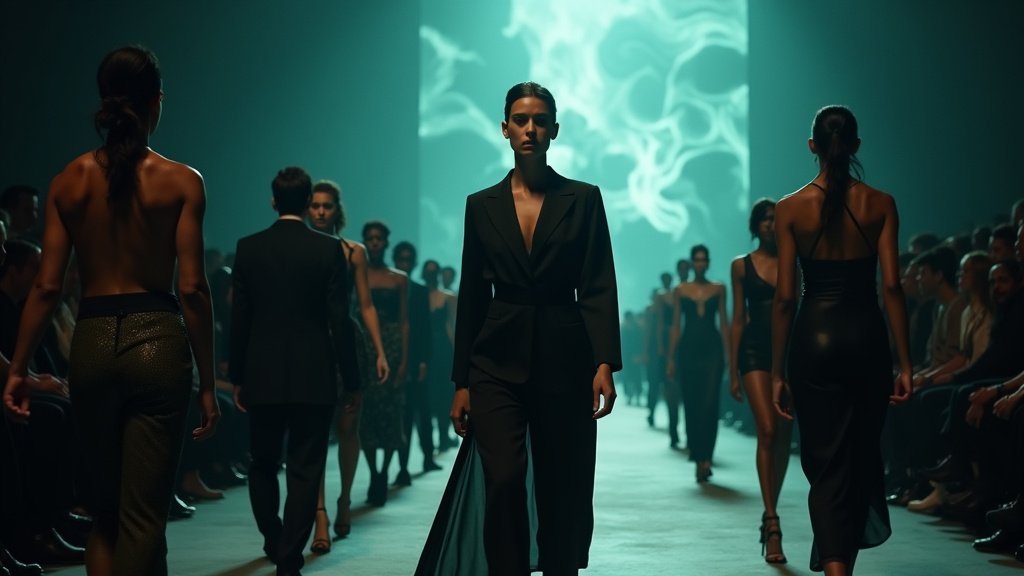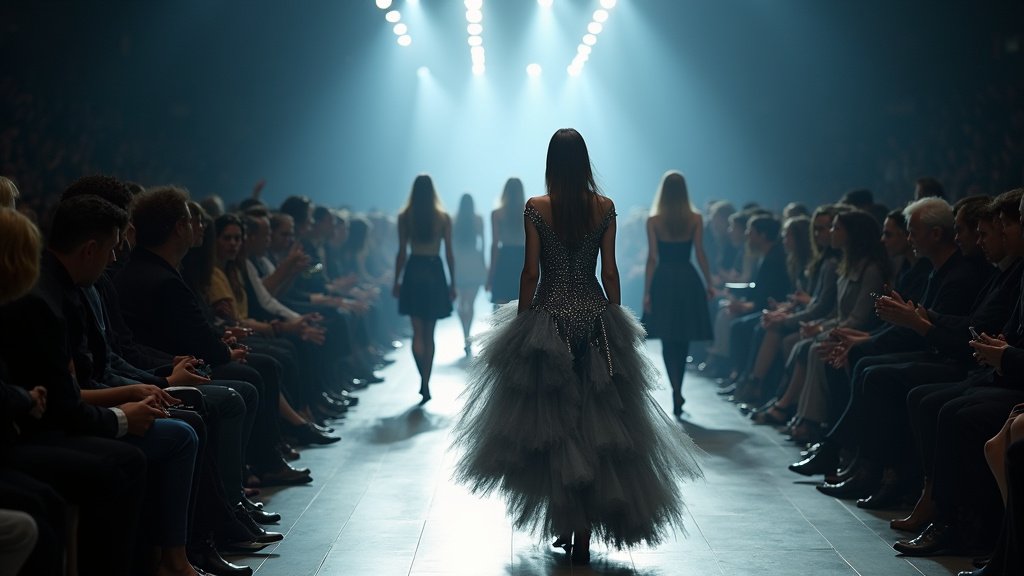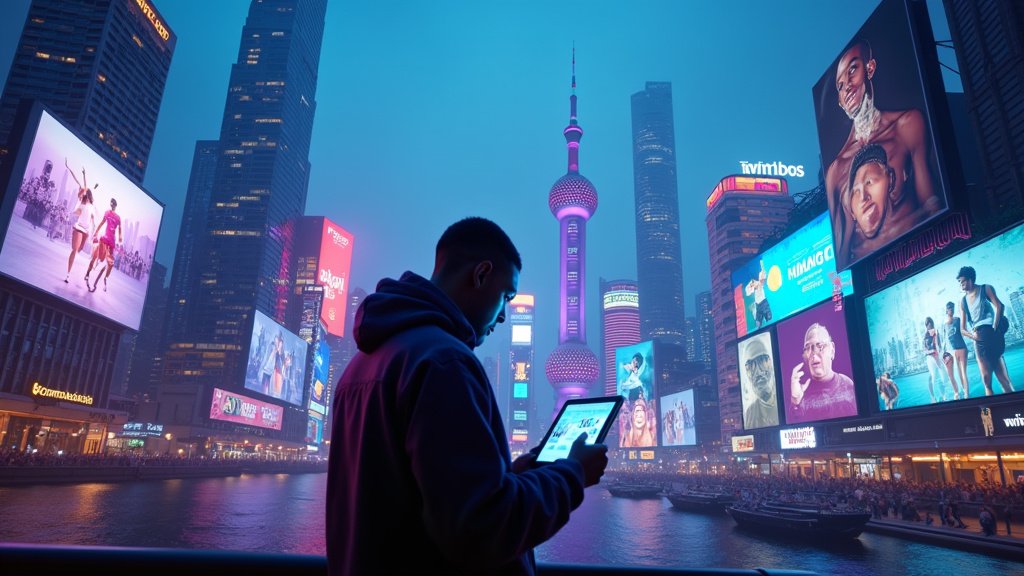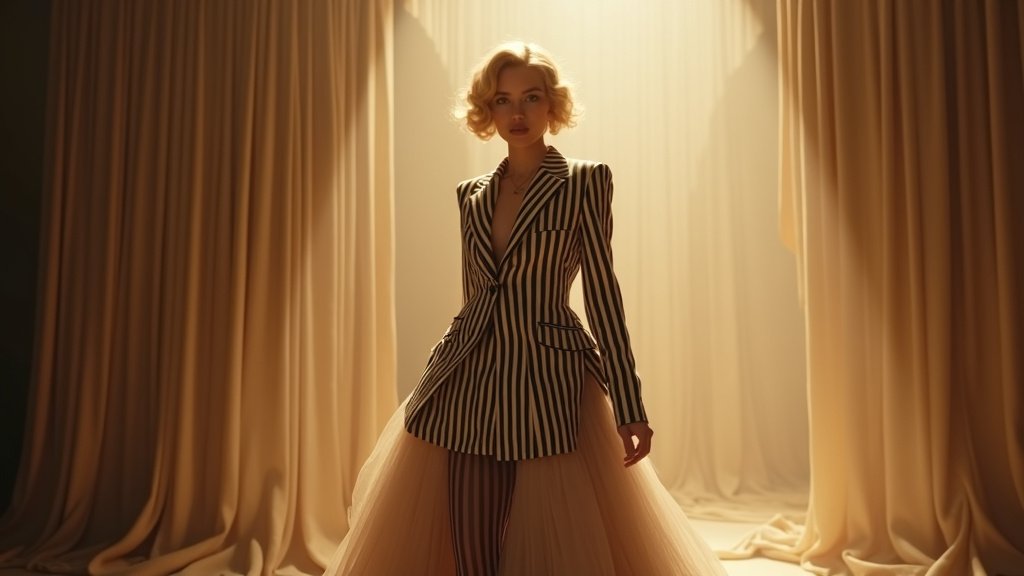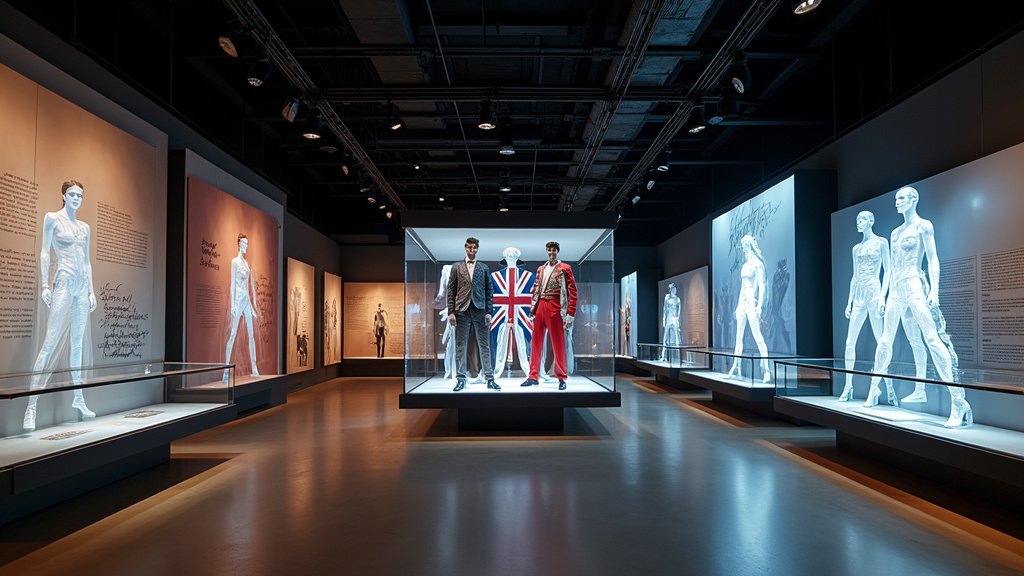The global luxury sector, a $400 billion powerhouse known for its resilience, is bracing for a pivotal moment. As the September fashion weeks commence, top brands like Chanel and Dior are set to unveil new designer collections on the catwalk, a critical gambit to reignite consumer interest and steer the industry away from a significant downturn. The industry is at a crossroads, facing headwinds that have eroded sales growth for the first time in years, prompting widespread leadership changes and a re-evaluation of long-standing strategies.
Navigating Troubled Waters: The Luxury Slowdown
The post-pandemic boom in luxury spending has decisively wound down, leaving the sector grappling with a slowdown not seen in over a decade, excluding the exceptional circumstances of 2020. Global economic uncertainty, fueled by persistent inflation, geopolitical tensions, and trade disputes, has made even high-net-worth consumers more cautious. This has led to a pullback in discretionary spending, a phenomenon dubbed “luxury fatigue,” as shoppers begin to question the value proposition of ever-increasing prices. Reports indicate that aggressive price hikes introduced during the boom years, coupled with concerns over declining quality in some segments, have alienated a significant number of customers, with some estimates suggesting the market has lost up to 50 million consumers. The once-unshakeable confidence in continuous luxury growth has given way to a more conservative outlook, with minimal annual growth projected through 2027.
China’s Shifting Role and Evolving Consumer Culture
A major factor influencing the global luxury market is the economic recalibration in China. While the nation has historically been a crucial engine for growth, it is now navigating a property crisis and subdued consumer confidence. This has led to a noticeable slowdown in domestic luxury spending, with Chinese consumers increasingly opting for overseas shopping trips to leverage better pricing. Despite these challenges, China remains an indispensable market, and analysts remain cautiously optimistic about its long-term potential, anticipating a gradual recovery projected for the latter half of 2025. This evolving landscape necessitates a nuanced approach from luxury brands, focusing on authentic engagement and adapting to shifting consumer preferences.
A New Guard Takes the Helm
The industry’s current climate has catalyzed a wave of significant leadership and creative director changes across the sector, reflecting a broader reckoning and a strategic pivot. At Kering, Luca de Meo, former CEO of Renault, has been appointed group CEO, signaling a potential for innovative strategies and cross-industry perspectives. Gucci, a flagship Kering brand, has seen a significant design reshuffle with the appointment of Demna, though this move has sparked investor debate about its alignment with the brand’s heritage. Valentino has appointed Alessio Bellini as its new CEO, a move that fuels speculation about its eventual integration into Kering, which holds a substantial stake in the Italian house. Meanwhile, LVMH, the world’s largest luxury conglomerate, is undergoing extensive executive reshuffles and generational changeovers, preparing for future leadership. On the creative front, Chanel and Dior are ushering in new eras with designers like Matthieu Blazy and Jonathan Anderson, respectively, tasked with infusing fresh style and renewed excitement into iconic heritage brands.
The Catwalk as a Crucible for Revival
This September, the fashion weeks in New York, London, Milan, and Paris will serve as more than just showcases for upcoming trends; they are the front lines of a high-stakes revival effort. With a record number of new designer collections debuting, these runways are expected to set the tone for the industry’s path forward. The pressure on the new creative directors is immense: they must not only introduce fresh styles that captivate audiences but also generate buzz and excitement powerful enough to win back inflation-weary shoppers. The goal is to spark sufficient interest to not just maintain but grow sales volume, moving beyond reliance on price increases alone. The task is to demonstrate tangible value and reignite desire for designer goods.
Strategies for Reconnection and Enduring Style
Beyond the immediate impact of new collections, luxury brands are recalibrating their strategies for long-term relevance and growth. A key focus is on reinforcing creativity, innovation, and a return to authentic personal style, moving away from algorithm-driven trends and “stealth wealth.” Brands are also increasingly prioritizing sustainability and ethical supply chains, responding to growing consumer demand for conscious consumption. Digitalization continues to be a critical channel, with online sales projected to become the leading platform for luxury purchases. Furthermore, emerging markets in Asia-Pacific, the Middle East, and India are being eyed as crucial growth drivers. The luxury resale market is also gaining momentum, offering an avenue for sustainability and affordability that resonates with a new generation of consumers.
The coming fashion season represents a critical test for the luxury industry. With new creative visions poised to debut and established houses betting on innovation and value, the runways will reveal whether fashion’s elite can successfully navigate the current economic climate and reconnect with consumers, heralding a new dawn for high fashion.

